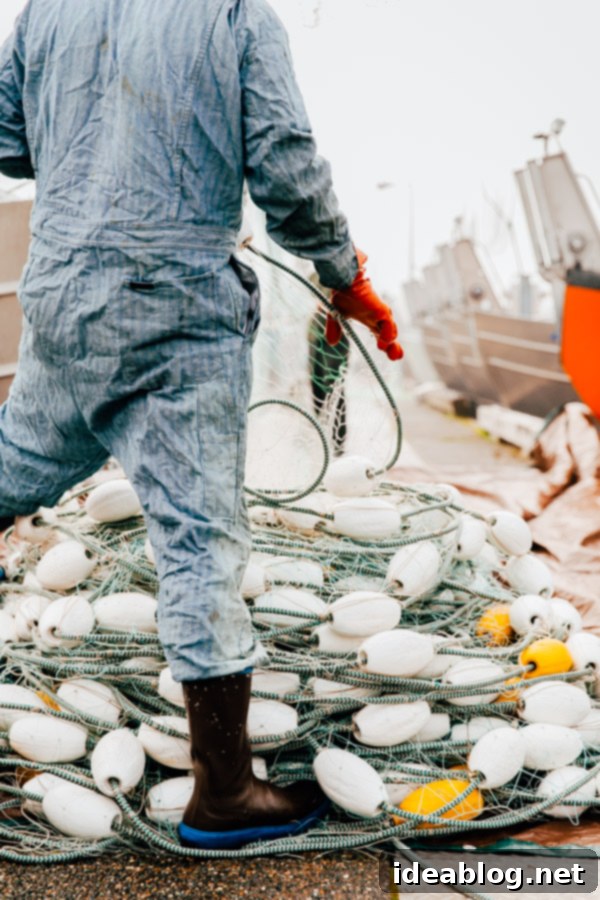Discovering Wild Copper River Salmon: A Sustainable Journey in Cordova, Alaska
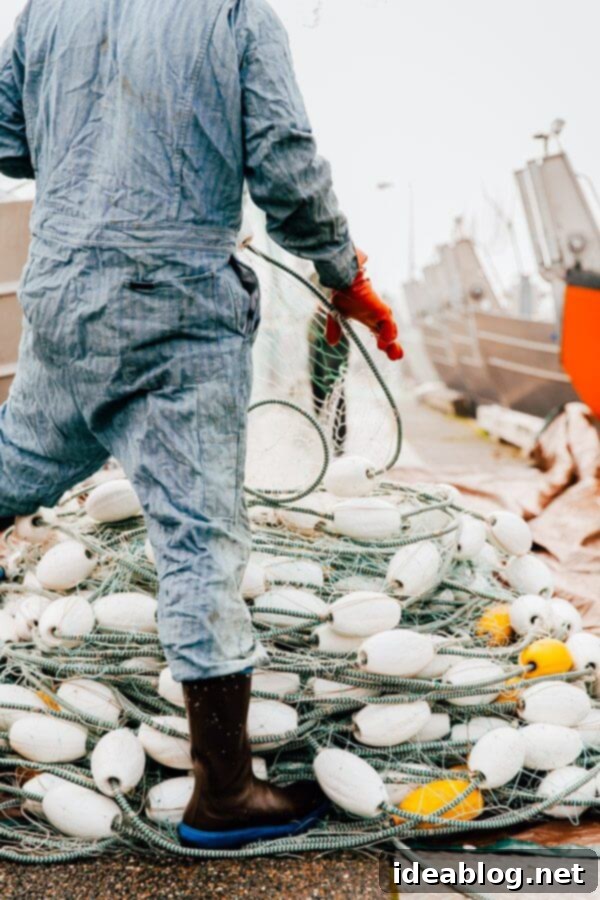
Just a few short weeks ago, my reality was a world away from the urban sprawl of Chicago. I found myself immersed in the rugged beauty of Cordova, Alaska. My days were filled with truly unique experiences: foraging for wild mushrooms in ancient forests, soaring above majestic glacial waters, sharing meals and stories with dedicated fishing families, savoring the exquisite taste of wild salmon at nearly every turn, and even trying my hand at fishing on the serene Eyak River. It was an adventure that profoundly reshaped my understanding of where our food truly comes from.
As I now sit, penning these thoughts with the familiar skyline of Chicago’s skyscrapers outside my window, it’s almost surreal to reflect on the magic of that Alaskan journey. It’s challenging to encapsulate such a transformative experience in mere paragraphs, let alone a single article (consider this just part one of a deeper dive!). Yet, if I were to choose one word to describe it, “educational” immediately springs to mind. Beyond that, words like “inspiring,” “eye-opening,” and “humbling” only begin to scratch the surface of the profound impact this trip had.
The intricacies of the food industry, particularly concerning sustainable sourcing and environmental impact, have always captivated me. I firmly believe in the importance of understanding the origin of our food, striving for that knowledge wherever possible. In an age where fresh produce like tomatoes in December or blackberries in February are commonplace, it’s all too easy to lose sight of the journey from farm or ocean to our plates. This trip offered a rare and invaluable opportunity to not only witness firsthand but also to **share the complete journey** – from the vast ocean depths to the dinner plate – of an exceptionally special and celebrated fish: wild Copper River salmon. It was an experience that connected me deeply to the source and the dedicated individuals who bring this delicacy to our tables.
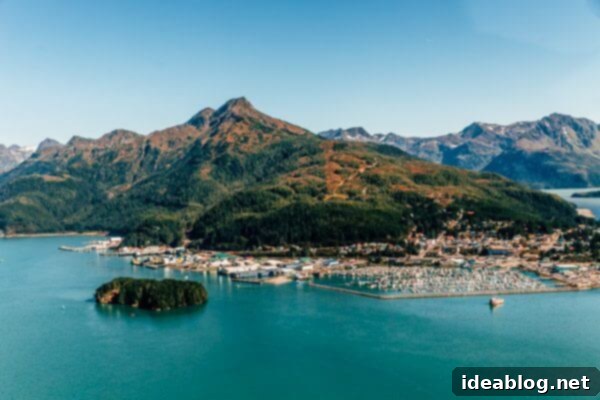
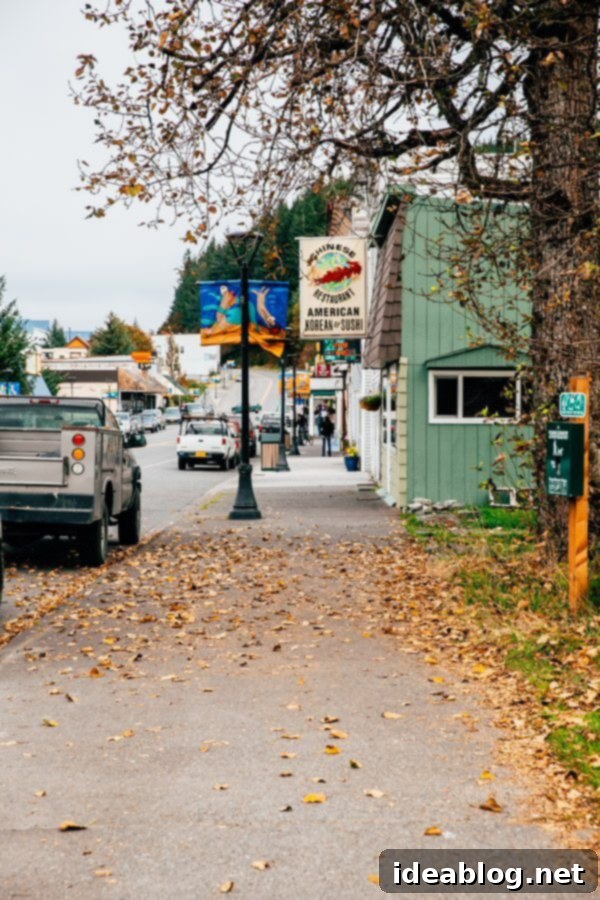
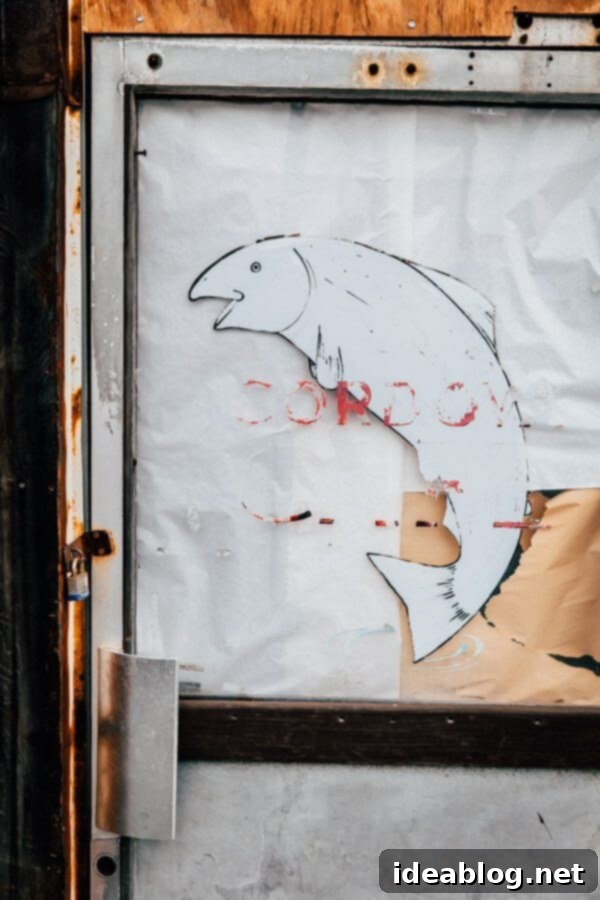
Cordova: A Town Forged by Salmon
The story of Copper River salmon, and indeed much of my Alaskan adventure, begins in the picturesque and remote village of Cordova, Alaska. Nestled near the mouth of the mighty Copper River and to the east of the tranquil Prince William Sound, this small town, with a population of just around 2,000 residents, is unique. It’s only accessible by plane or boat, a testament to its isolation and pristine nature. Here, wild salmon fishing isn’t just an industry; it’s the very heartbeat of the community, shaping every aspect of daily life and culture.
Cordova embodies the quintessential small-town charm, a place where genuine connections are the norm. Everyone seems to know everyone else, car doors are often left unlocked, and a deep-seated tradition of subsistence living prevails. The warmth and friendliness extended by the locals felt like an understatement of the century; it was a truly welcoming embrace into their unique way of life. This strong sense of community and shared purpose, driven by the rhythm of the salmon season, creates an atmosphere unlike any other.

The Unyielding Spirit of Commercial Fishermen
The economic fabric of Cordova is intricately woven with the destiny of Copper River commercial salmon fishing. Nearly 80% of local businesses rely on it in some capacity, demonstrating the profound dependence and integration of the fishery into the community. The palpable care, meticulous attention to detail, and unwavering passion for this traditional way of life are truly remarkable. And let me tell you, this isn’t an easy existence; it demands immense dedication, resilience, and an intimate understanding of the environment.
Securing a commercial fishing permit in Cordova is a testament to perseverance and heritage, as only 541 such permits are allowed. Most of these permits are passed down through generations, making it common for a fisherman’s son or daughter to enter the business at a young age, continuing a cherished family legacy. When a rare permit does become available for sale, it commands a price upwards of $250,000, reflecting its immense value and the scarcity of this vital livelihood. Wild salmon fishing in these Alaskan waters is often a solitary, demanding, and at times, dangerous profession. Many of the salmon fishing vessels are operated by a single person, sometimes for shifts lasting as long as 36 hours. The stories we heard over those four days — tales of fierce storms, incredible catches, and the sheer grit required to work the Alaskan waters — were truly unforgettable.



The Remarkable Journey of Copper River Salmon
To fully appreciate the unparalleled quality of Copper River salmon, it’s essential to understand its life cycle. Approximately five months each year, from May through September, varieties like King (Chinook), Sockeye (Red), and Coho (Silver) are available for harvest. These magnificent salmon begin their lives in the pristine freshwater streams and tributaries of the Copper River basin. After maturing, they embark on a journey to the nutrient-rich, glacial-fed waters of the open ocean. But the most extraordinary part of their existence is yet to come.
Eventually, these resilient fish undertake an incredibly long and arduous migration, battling upstream for approximately 300 miles. Their destination? The very same rivers and tributaries where they were born, a testament to their innate instinct to spawn and complete their life cycle – unless, of course, they are sustainably caught by fishermen along the way. This epic journey directly contributes to Copper River salmon’s unparalleled flavor and exceptional nutritional value. The constant swimming against strong currents and the need to store energy for this incredible feat results in fish with higher fat content, rich in beneficial omega-3 fatty acids, which translates to a richer, more buttery taste and a firm, vibrant texture that connoisseurs worldwide crave.
Sustainability: The Heartbeat of Cordova’s Fishery
In Cordova, Alaska, sustainability is far more than a mere marketing buzzword; it is the fundamental principle that determines the very livelihood of these men and women year after year. The entire community is deeply invested in ensuring the long-term health and abundance of the salmon population, recognizing that their future hinges on responsible stewardship of this precious natural resource.



During our four days in Cordova, we had the privilege of meeting and engaging with representatives from various crucial organizations, each playing a vital role in this delicate ecosystem. We spoke with the Copper River Watershed Project, a dedicated non-profit focused on managing the health of both the communities and the river systems they depend on. We also learned from Alaska Fish & Game, the governmental body responsible for the scientific management of the state’s abundant natural resources. Their work is a testament to the profound commitment to sustainable practices in this region.
Managing the fisheries is an intricate and critically important task. The goal is to strike a precise balance: ensuring that enough wild salmon are allowed to reach their spawning grounds to reproduce and sustain the population robustly from year to year, while also permitting a healthy harvest for the commercial fishing industry. This careful management is what guarantees the future of both the salmon and the community.


Throughout the year, the dedicated scientists and conservationists at Alaska Fish & Game tirelessly monitor the salmon population. This often involves rigorous methods, including manually counting salmon as they migrate upstream, an intensive task that underscores their commitment. Based on their findings, they make crucial decisions that dictate the entire Copper River salmon season: when it begins and ends, and, most importantly, how often and for how long commercial fishermen are permitted to go out onto the water to fish. They even regulate the specific mesh size of drift gill nets, a critical measure that ensures minimal to almost zero by-catch in commercial Copper River salmon fishing. This meticulous oversight is truly impressive and contributes significantly to the sustainability of the fishery.
From Ocean to Plate: Processing and Distribution
Witnessing this level of dedication to sustainability and resource management was incredibly eye-opening. From the monitoring efforts, our journey continued with tours of various processing facilities located within Cordova. These facilities are where fishermen bring their fresh catches for immediate processing and subsequent shipping. The majority of Copper River salmon shipped out of Cordova undergoes a swift and crucial step: it is bled immediately upon capture and then meticulously packed in ice. This rapid process is vital for preserving the salmon’s superior flavor profile and significantly extending its freshness. The fish are then shipped fresh, not frozen, to discerning markets across the country and around the globe, ensuring consumers receive the highest quality product possible.
When you’re searching for this exceptional seafood, look for “wild Copper River Alaskan salmon” explicitly labeled at your grocery store or seafood market. Remember, it’s a seasonal delicacy, only available during specific months of the year. If you encounter salmon simply labeled “wild Alaskan salmon,” it is most likely sourced from other regions, such as Bristol Bay. If your local grocery store doesn’t currently carry Copper River salmon, I urge you to take action: *ask for it, and keep asking for it!* Your demand helps retailers understand the value and desirability of this sustainably sourced, premium product.



An Intimate Alaskan Experience
Now that I’ve shared the incredible story of Copper River salmon, let’s delve into the myriad of activities that filled our days in Cordova! One of the most cherished aspects of this entire trip was its intimate and personable nature. Our group was small and diverse, creating a truly enriching experience: myself; Julia Mueller, the talented blogger behind The Roasted Root; Derek Baril, a renowned chef from Colorado; and John Rohrs, a dedicated seafood manager from a distributor in Iowa. This unique blend of backgrounds and perspectives from various facets of the food industry made our conversations and learning experiences all the more fascinating and insightful.
We were incredibly fortunate to be blessed with spectacular weather throughout our visit. Three of our four days boasted mild temperatures in the mid-60s and abundant sunshine – a rare treat in Cordova, as we were told! Our first full day in this Alaskan paradise began with an early morning trip to the bustling fishing docks, conveniently located just steps away from The Reluctant Fisherman Inn, our comfortable base during the stay.
Exploring Cordova’s Coastal Charms
The day commenced wrapped in a beautiful blanket of fog (and honestly, I might have loved the atmospheric fog even more than the eventual sunshine!). Despite the misty start, we managed to pack a remarkable amount of activity into those initial hours. We learned the intricate art of net mending, a crucial skill passed down through generations of fishermen, demonstrating the care and craftsmanship involved in their trade. This was followed by an exhilarating boat ride with John Bocci, just one of the incredibly gracious Copper River fishermen who dedicated his time to sharing his world with us over the four days. His stories and insights offered a direct window into the life of those who brave these waters.






Panoramic Views: Flight-Seeing Over Glacial Landscapes
Following our morning at the docks, we indulged in a delicious lunch of perfectly grilled salmon steaks at the charming local establishment, The Powder House Restaurant. This delectable meal served as a wonderful prelude to what would become one of the most breathtaking highlights of the entire trip: a mesmerizing flight-seeing adventure over the water. From the moment we ascended, the sheer vastness and raw, untamed beauty of the Alaskan landscape unfolded beneath us in a way that truly defies description. It was a panorama that could only be fully appreciated from a bird’s-eye view, revealing intricate glacial patterns, winding rivers, and an endless expanse of wilderness.
I won’t lie; returning to the familiar concrete jungle of Chicago after experiencing these awe-inspiring landscapes up close and personal was a stark and difficult transition. The scale and majesty of Alaska’s natural world left an indelible mark, making urban environments seem confined and muted in comparison. I sincerely hope these accompanying photographs manage to convey even a fraction of what words struggle to capture. This incredible journey, undoubtedly one of the most significant highlights of my entire blogging career, has been profoundly impactful, leaving me with memories and lessons that will last a lifetime.






A Taste of Cordova: Local Flavors and Future Adventures
I’ll be returning very soon with many more captivating pictures and the remaining recap of this incredible trip! The next installment promises to delve into even more exciting activities, including the thrilling experience of salmon fishing and the incredibly rewarding adventure of wild mushroom foraging – experiences that were truly remarkable and offered a deeper connection to Alaska’s natural bounty. Stay tuned for Part Two!
Disclosure: Copper River Salmon Marketing generously covered my trip and travel expenses for this journey. I was not monetarily compensated for my time or for the creation of this blog post, and I consider it a true honor and privilege to share this extraordinary and educational experience with you.
